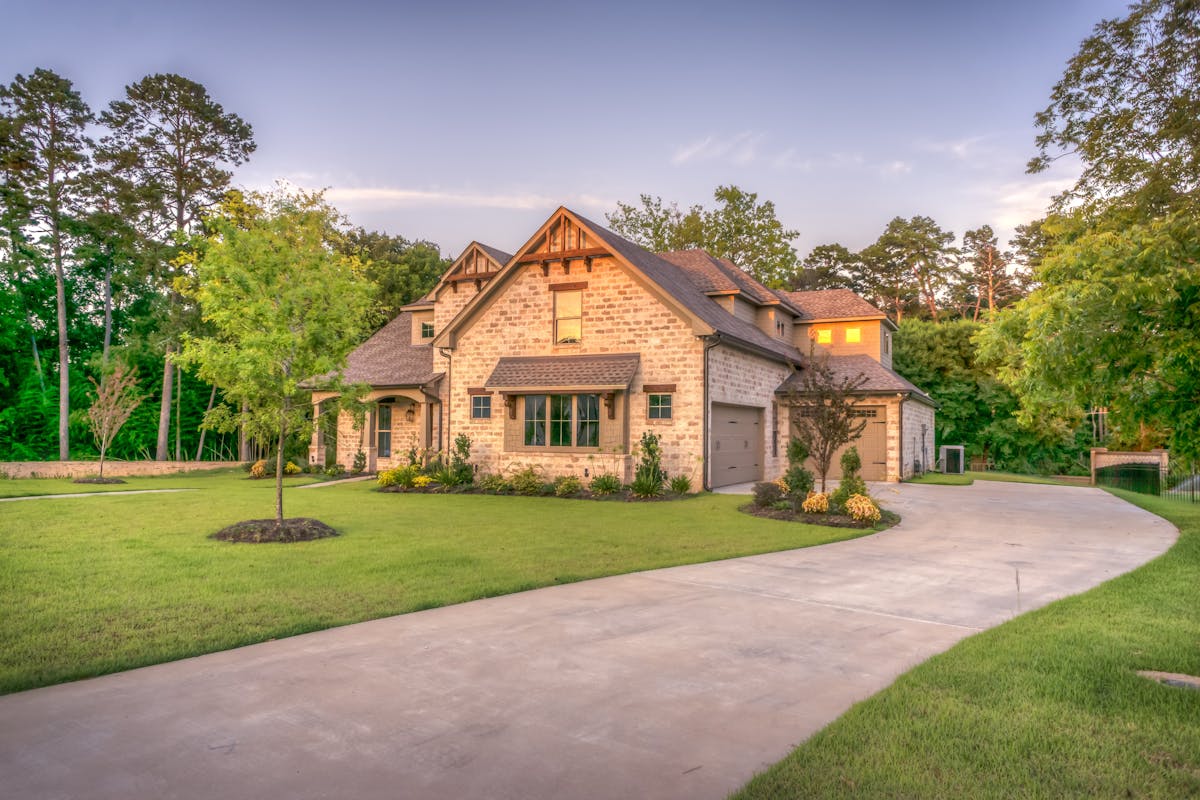
- Utilize vertical space and multifunctional elements to maximize small outdoor areas for increased enjoyment and utility.
- Incorporate natural elements like bamboo or junipers to create privacy barriers that are both effective and aesthetically pleasing.
- Seek advice from certified arborists to ensure the health and suitability of trees for your space, climate, and soil.
- Smart landscaping and thoughtful design can transform small gardens into personal sanctuaries that connect homeowners with nature.
- Employing innovative ideas in garden layout and plant selection can make small outdoor spaces feel significantly larger and more inviting.
Creating a flourishing garden might seem like a far-fetched dream for homeowners with compact outdoor areas. The reality is that small spaces can be just as charming and functional with the right landscaping approaches. In this blog post, we’ll explore innovative landscaping concepts tailored to maximize the potential of a tiny outdoor oasis, turning it into a green haven that feels spacious and inviting.

Maximizing Vertical Space
Transforming a small outdoor area into an enchanting garden retreat often involves thinking beyond the traditional horizontal layout. Vertical gardening is a revolutionary approach that enables you to make the most of limited ground space by expanding upwards. This technique adds an intriguing visual dimension, allowing for more greenery without sacrificing square footage. Whether through wall-mounted planters, trellises adorned with climbing vines, or hanging baskets that bring bursts of color at different levels, maximizing vertical space opens up a world of possibilities for compact outdoor spaces.
Introduction to Vertical Gardening
Vertical gardening is a savior for space-conscious landscaping in urban environments or cozy suburban backyards. It involves growing plants up and down walls, fencing, or structures, effectively multiplying your garden space without infringing on your sitting or walking area. The method adds a lush aesthetic, improves air quality, and even insulates your home against heat or cold.
Implementing Trellises and Wall Planters
One of the simplest ways to incorporate vertical gardening is to use trellises and wall planters. These features allow plants to climb and spread upward, creating a beautiful backdrop for your outdoor space. Choosing strategically with various climbing plants and arranging them in a visually appealing pattern can add depth and a sense of flow to the area.
Climbing Plants and Vines
When selecting plants for vertical growth, consider hardy climbers like clematis or jasmine, which offer charming blooms and pleasant scents. Grapevines, tomatoes, and beans are excellent choices for edible gardens. Ensure the plants’ mature size and growth habits align with the available space and structural integrity.
Creating Multifunctional Areas
Creating multifunctional areas in your garden maximizes the usability of your outdoor space, particularly when square footage is at a premium. Through thoughtful planning and creative design, areas that once served a single purpose can be transformed to accommodate a variety of activities. Whether it’s a cozy corner that doubles as a reading nook and a space for small gatherings or a garden pathway that serves both a practical route and a space for vertical plant growth, the possibilities are endless. This approach not only enhances the functionality of your garden but also brings dynamic elements into your outdoor living area, making every inch count.
Furniture with Dual Purposes
In a small outdoor space, every piece of furniture should earn its keep. Consider investing in items that serve multiple functions, such as a bench with built-in storage or a table that can be extended to accommodate guests. The key is to keep the design simple and declutter regularly to maintain a sense of spaciousness.
Foldable and Retractable Features
For ultimate adaptability, opt for foldable chairs and tables that can be stowed away when unused. Retractable awnings provide shade when needed but can also be opened to stargaze or enjoy the occasional sun. These elements ensure your space can effortlessly transform from a cozy reading nook to a dinner party venue.
Seamless Indoor-Outdoor Flow
Use the same color palette or design motifs in both spaces to reinforce the connection between your indoor and outdoor living areas. Sliding glass doors or large windows can blur the line between the two, creating an inviting space that feels much larger than it is.
Incorporating Natural Elements
Blending natural elements into your outdoor space enhances its aesthetic appeal and fosters a deeper connection with nature. Utilizing materials such as wood and stone and incorporating a variety of plants can create a tranquil and inviting atmosphere. This approach invites biodiversity, encourages a sustainable ecosystem, and provides a serene backdrop for relaxation and reflection. By thoughtfully integrating natural elements, your outdoor space can become a haven for people and wildlife, embodying the essence of outdoor living.

Ensuring Privacy with Natural Barriers
Privacy can be a luxury in small yards, but a carefully selected grouping of tall plants can act as a natural screen. Bamboo, columnar junipers, or cedar are excellent choices that provide seclusion and beauty. Ensure these natural barriers are regularly pruned to maintain an attractive look and prevent overgrowth.
Selecting the Right Tree Service
Maintaining the health and aesthetic appeal of your outdoor space is crucial. Choosing the right professionals for tree care services is essential for the longevity of your natural privacy features. Certified arborists can provide expert advice on the type of trees that suit your climate, soil, and space, with services ranging from pruning to disease management, ensuring your garden remains vibrant and welcoming.
Conclusion
Transforming a small outdoor space into a personal sanctuary is not just about adding greenery; it’s about employing smart, innovative ideas that enhance use and enjoyment. By thinking vertically, ensuring every part of the space has a purpose, and incorporating natural elements for privacy and aesthetics, homeowners can create a garden that defies the limits of its dimensions. The result is a place to unwind, entertain, and connect with nature that feels much bigger than its footprint.




